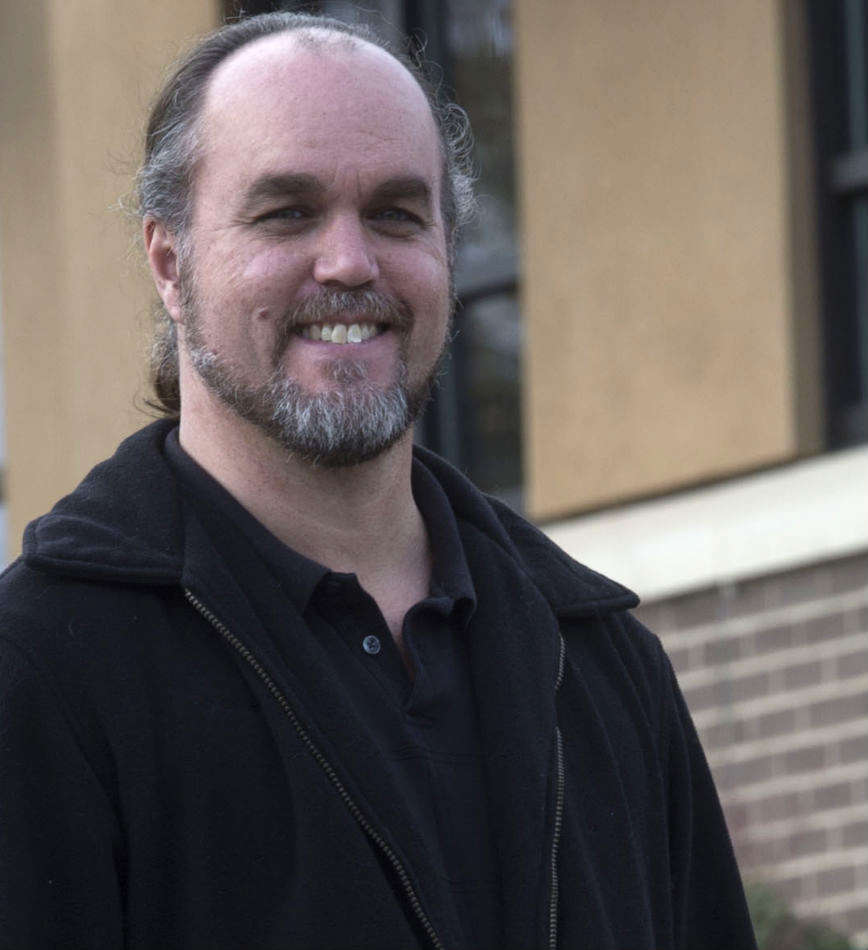 We don’t always understand the world as well as we imagine, especially when it comes to the effects of public policy. This includes the crime rate and the impact of various interventions on it. Despite our lip service to data driven practices and the illusion of scientific predictability, things aren’t as clear cut as statisticians, social scientists and other public policy wonks would have us believe. Worldwide there has been an ongoing drop in crime, but no one really understands why.
We don’t always understand the world as well as we imagine, especially when it comes to the effects of public policy. This includes the crime rate and the impact of various interventions on it. Despite our lip service to data driven practices and the illusion of scientific predictability, things aren’t as clear cut as statisticians, social scientists and other public policy wonks would have us believe. Worldwide there has been an ongoing drop in crime, but no one really understands why.
Here in the United States things are often unclear as well. For example, consider the Juvenile Detention Alternatives Initiative (JDAI) of the Annie E. Casey Foundation. Long touted as a national model for the way juvenile justice reform should take shape, JDAI has received a stream of positive reporting, including at the Juvenile Justice Information Exchange. The program has been instituted in 40 states and 250 jurisdictions. Casey cites a 43 percent reduction in detained youth in participating agencies and a 39 percent drop in the number of detained youth of color.
Not everyone is convinced of JDAI’s efficacy though. John Foote, district attorney of Clackamas County, Ore., is one. At the end of August, Foote and Charles French, a retired deputy D.A. from Multnomah County, released the latest iteration of a report they have apparently been working on for awhile. They contend that an examination of the data reveals a different picture than that painted by Casey and practitioners of JDAI.
As Maxine Bernstein writes in The Oregonian, “Foote and French contend the rise in juvenile property crime rates has occurred largely because the state has adopted a hands-off policy for juvenile drug offenders by not detaining youth on drug offenses, routinely closing their cases and taking no action when a youth is referred by police or other authorities.”
The result, according to Foote and French, is continuing involvement with crime until the kid does something that finally results in arrest. Described by Nigel Jaquiss in the Willamette Week as a “number-crunching former prosecutor,” French became intrigued when looking at crime statistics from 2011 (the latest available data). He found that Oregon’s rate of nonviolent juvenile crime is among the highest in the nation, including theft, robbery and drug use. At the same time the state has “the second most expensive juvenile justice system” in the country.
Over 30 percent of juvenile referrals are dismissed without any action, a deliberate part of JDAI’s strategies to reduce detention, but one that has unintended consequences the authors of the report claim. In Multnomah County (one of JDAI’s original four sites) dismissal rates are even higher at 53.1 percent. French and Foote believe that police in jurisdictions using the approach have lost faith in the juvenile system and have simply stopped detaining youth committing property and drug crimes. Furthermore, they say, kids whose cases are dismissed miss an opportunity for treatment and accountability.
An earlier report was released in May, and this month’s report is a longer and more detailed version. In May the director of Multnomah County’s Department of Community Justice, Scott Taylor, called French’s work “bullshit.” The latest report isn’t being received any better, though maybe less acerbically. “We questioned a number of assertions in the report,” Taylor said last week.
Foote and French claim that while violent crime (which is handled by the adult system) has fallen below the national average, crimes that the juvenile system addresses have not decreased, putting Oregon’s crime rate for these offenses above the national average despite the 20 year downward trend of crime rates in the U.S. They also have a problem with the way recidivism is measured in Oregon, noting that authorities only look at the 12 months following a first referral, that they don’t take into account arrests, don’t look at crimes that happen outside of Oregon and don’t track youth who get involved in the adult system.
The state’s Juvenile Department Directors Association released a response to French’s initial report laying out their case that JDAI represents best practices and citing “significant declines in juvenile crime in Oregon — a 60 percent decrease since 2000.” Bart Lubow, former director (and current consultant) of Casey’s JDAI program, labeled French’s work a “superficial analysis.”
I am not enough of a statistician or researcher to tease apart the data driven arguments of either side. I know many people who have worked with JDAI and support its policies. Here in Georgia, my own work in restorative justice is seen as a community-based alternative to detention and other sanctions, and the state legislature has rewritten the juvenile code under the influence of Casey-inspired reform strategies. I also know in my gut that detention is bad news for kids and seldom results in a positive outcome.
Still, I also know that it is our nature to ignore contrary evidence, especially when it goes against not only our philosophical position but is contrary to our livelihood as well. I don’t doubt that all parties involved in this debate have the best interests of children at the center of their efforts, but we who advocate for reform need to be extra careful to look at data objectively and build in safeguards to ensure analysis that is comparable across the country. Anything less would be negligent.


























